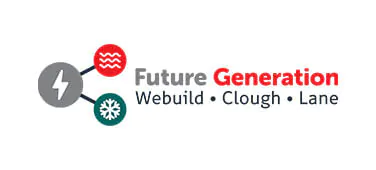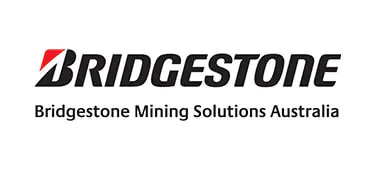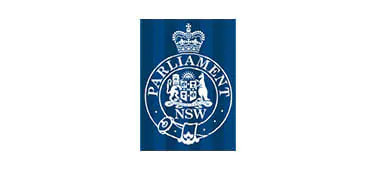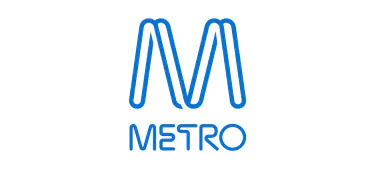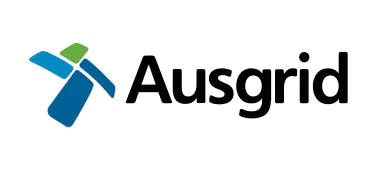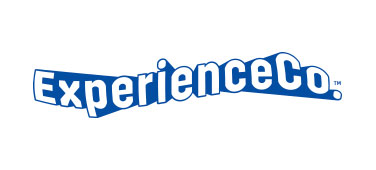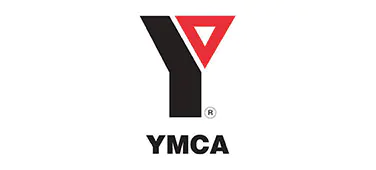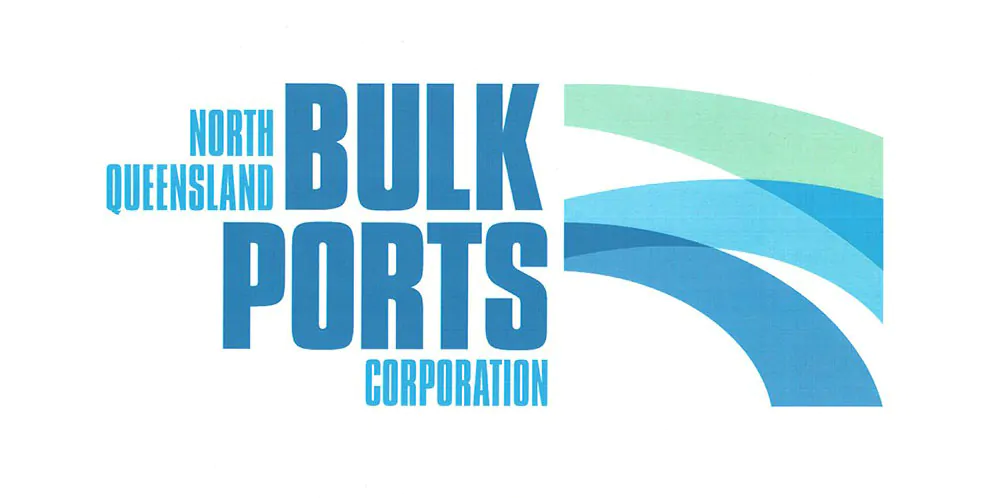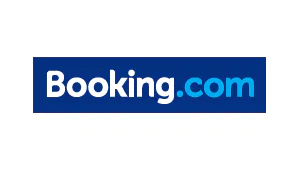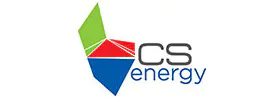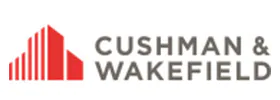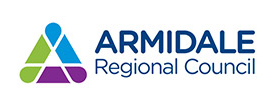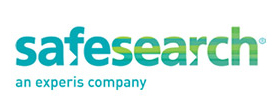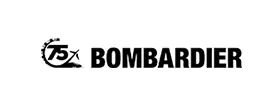OHS Documentation: What It Is and Why It Matters
Hi, I’m Bernie Walker, and I want to talk about something that might not seem exciting at first but is absolutely crucial for your business – OHS documentation. It’s not just about ticking boxes or satisfying legal requirements. It’s about making sure your people are safe, your workplace is running smoothly, and you’re protected from unexpected risks.
Think of your OHS documentation as the backbone of your safety strategy. It includes everything from policy and procedure, risk assessment and incident reports. When done right, it gives you a clear roadmap for maintaining a safe and efficient work environment. And let’s be honest, staying on top of it shows your team that you genuinely care about their well-being.
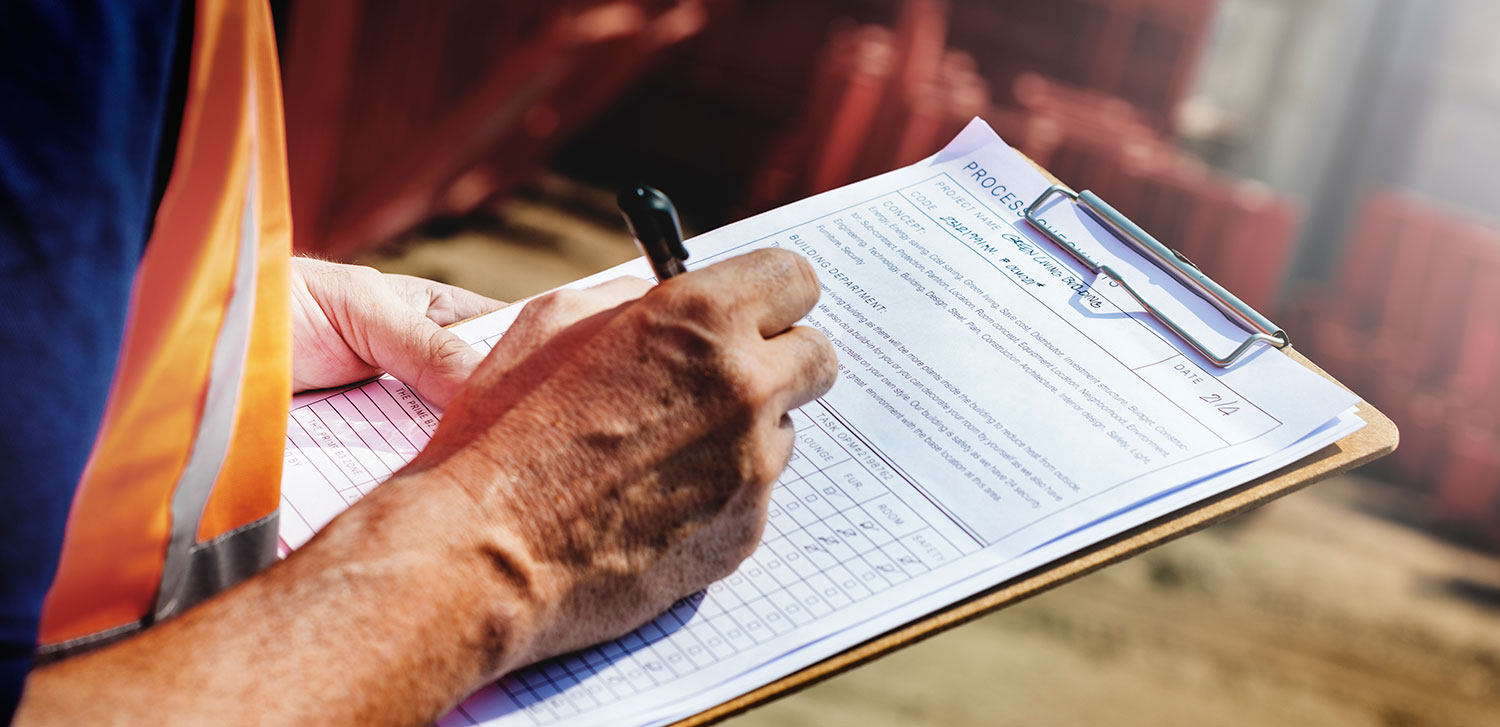
Essential Components of WHS and OHS Documentation
Good OHS documentation is comprehensive but doesn’t have to be complicated. Here are the basics every business should have:
- A Safety Policy should be authorised by the Chief Executive and it signifies the commitment of the organisation to maintaining the highest standards of workplace health and safety.
- Safe Operating Procedures are required for all businesses that engages in activities where there is substantial risk. In these circumstances you require easy to follow clear guidelines that outline the risks associated with the task and the safeguards that are needed to prevent injuries.
- Risk Assessments are the method you use to identify the hazard (what could cause you harm) and assess the level of risk (how often or badly you could be hurt). Risk Assessments are a proactive tool that guides leadership in the ways that they can eliminate or at least reduce the level of risk so far as is reasonably practicable.
- Risk Registers are often used to collate the high-level risks associated with the business. These risk registers are great tools that allow are leadership to quickly review and assess how well they are managing the risks in their operations.
- Health and Safety Inductions are required for every type of business and must be customised to the type of work and the relevant risks of the business. OHS Inductions should include information on the standards that are expected; the risks associated with the work and the controls that must be in place. Additionally, general health and safety rules are usually included.
- Training Records: The WHS Act in NSW and Qld (OHS Act in Victoria) requires that adequate instruction and training is provided to all employees so that risks to those employees are minimised. Employers must be able to demonstrate that the training needs have been identified and there is a systematic method for keeping track of who’s been trained and when OHS refresher training is required.
- Incident and Injury Reports: The law requires all employers to have a method to report injuries and then investigate them. What happened, why it happened, and how do you prevent it from happening in the future. Incident Reports are a fundamental component of all safety management systems as they help leadership learn from mistakes.
- Inspection Records: For all businesses there is a need to periodically inspect the standard of health and safety. This should be tailored to the workplace, simple to use and easy to review and action. The inspection records should be retained as they are proof that you’re monitoring OHS compliance.
- OHS Audits ensure that the way you manage safety is aligned with the Work Health and Safety legislation and the requirements of your Work Health and Safety Management System. Independent audits by external OHS specialists are the normal method used by senior management, board members and business owners who are required to demonstrate that they are using Due Diligence to manage health and safety.
The Need to Customise your WHS Documentation
It should be obvious by now that management MUST customise their WHS Documentation to the needs of their business. Sadly, we are often approached by business owners who have received improvement notices from the safety regulators because they have only generic ‘off the shelf’ WHS documentation that do little to identify the operations of the business and the risks associated with the nature of the work.
Our strong recommendation in this regard is to save yourself the grief and approach an experienced WHS Consultant who can help you to develop customised WHS documentation. You will benefit from receiving a WHS system that is much easier to understand and can be used as a valuable guide for leadership, rather than a set of documents which sits in the corner.
Streamlining OHS Documentation: Efficiency matters
No one enjoys keeping documentation up to date, let’s face it. But with a few tweaks, it doesn’t have to be. Here’s how you can make it easier:
- Go Digital: The master copy of your OHS Documentation should be organised and easily identified through your company intranet or stored in a cloud-based system for security purposes.
- Use Templates: Where possible, use standardised forms for things like inspections, WHS committee meeting minutes, risk assessments, and incident reports and investigations as this saves time and provides consistency throughout.
- Delegate Responsibility: Have someone in your team take charge of the OHS documentation. A little accountability goes a long way.
- Review Periodically: The world of Workplace Health and Safety is always growing and changing. Every two years at least, your OHS documentation should be reviewed to make sure everything is still current and complies with the legislation in your state.
Legal Requirements for OHS Documentation in Australia
In Australia, OHS isn’t optional—it’s the law. The Work Health and Safety Act 2011 requires companies to have a systematic method of managing health and safety and this includes your OHS documentation. Penalties for noncompliance can be severe and include heavy fines and custodial sentences.
There is ‘harmonised’ WHS legislation in place in Australia that makes the legal requirements similar in all states, however each state has its own safety regulator and they will often have specific campaigns where they collaborate with employers to make improvements in the standard of safety. Recent examples include working with Respirable Crystalline Silica and the Management of Psychosocial Hazards, which are both hot topics in NSW and Victoria.
It can feel like a lot to navigate, but that’s where we come in. At BWC Safety, we’re here to help you make sense of it all. We’ll help you to customise your OHS (WHS) documentation so that you are more easily able to comply with the legislation in your state.
How BWC Safety Can Help
At BWC Safety, we make the process simple and stress-free. Here’s how we can get you started:
- Audits: We’ll review your existing documentation and work practices and determine where there are any holes or where changes could be made.
- Tailored Procedures: We create customised solutions that fit your industry and workplace, including risk assessments and safe operating procedures.
- Streamlined Systems: We’ll help you set up systems that make safety easier to manage.
- Ongoing Support: Need a Health and Safety expert but can’t afford to employ someone permanently? No problem, we provide ongoing support at the level you need. This gives you the expertise when you need it but at a reasonable cost.
Let’s work together to make your workplace safer and keep your business ahead of compliance requirements. If you’re ready to get started, reach out to us today. We would love to help.
Contact BWC Safety today to learn more about how we can make OHS and WHS documentation easy for you.
Make an Enquiry
Ensure your organisation isn’t making critical WHS mistakes by getting expert advice before it’s too late.
